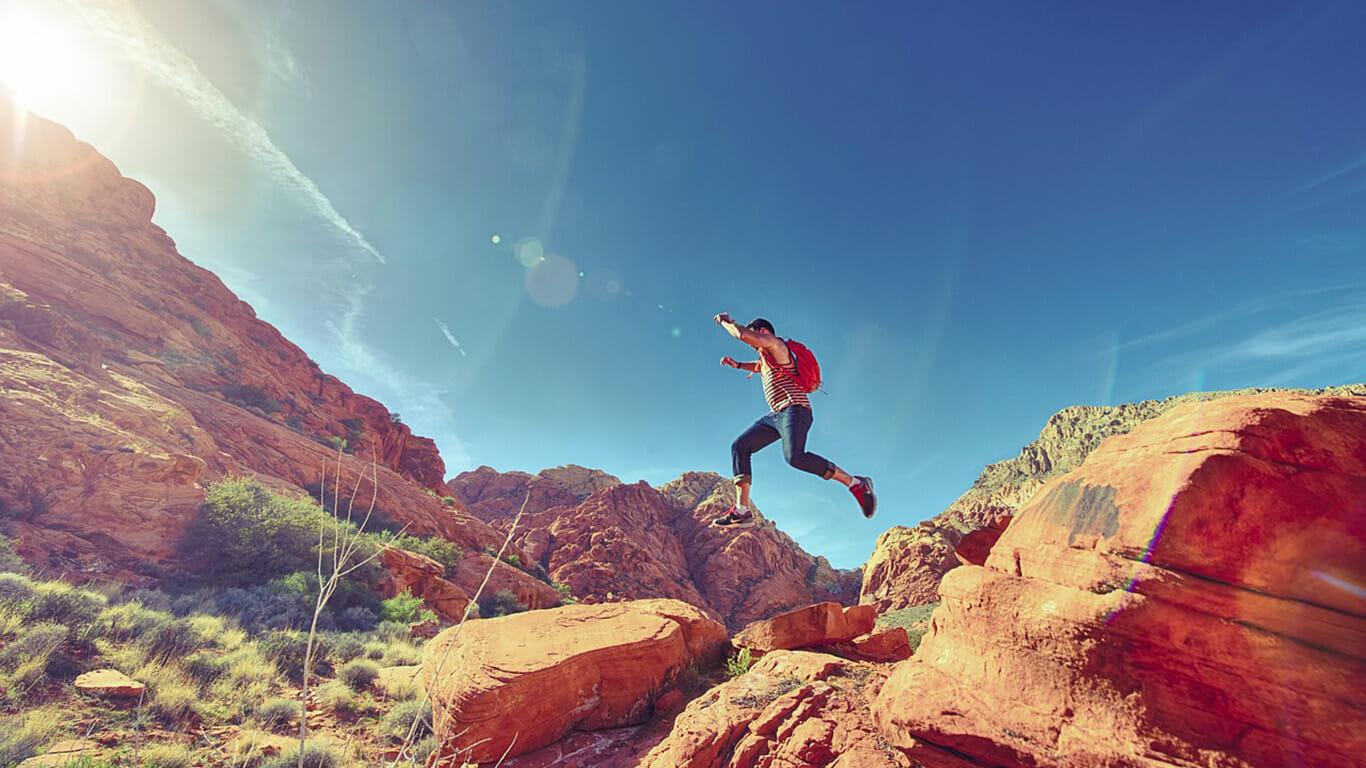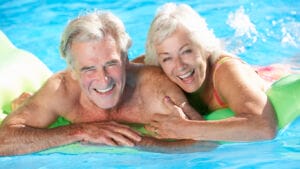If you are an outdoor person like us, you must have been halfway through a hike or a challenging climb, feeling great, when suddenly that clammy, cold chill sets in Or maybe your performance is lagging because your clothes are heavy with sweat, clinging uncomfortably? It is a common scenario for outdoor enthusiasts. That uncomfortable dampness can ruin an adventure, impact your focus, and even put you at risk when conditions change. But imagine moving freely, staying comfortable, and keeping your core temperature stable, no matter how hard you push or what the weather throws at you. That’s why moisture-wicking fabrics are not just a luxury, but a critical component of any successful outdoor experience, helping you stay dry, safe, and focused on the journey.
LEARN MORE: Rediscover Tempe with your best summer staycation yet
SUMMER FUN: 7 new and noteworthy Tempe restaurants to visit this summer
Traditional Fabrics Vs Outdoor Performance
Regular cotton or non-specialized clothing often becomes a liability when you are active outdoors. Here is why those familiar fabrics fall short:
The Cotton Curse: Cotton is a champion at absorbing moisture. It soaks up sweat like a sponge and holds onto it. This means your clothes get heavy, stay wet, and can make you feel cold, especially when you stop moving or if the temperature drops. This is often called “cotton kills” in outdoor circles for a reason.
Slow to Dry: Once wet, these materials take ages to dry. This creates a perpetually damp environment against your skin. You are literally wearing your sweat, which leads to discomfort and can even cause hypothermia in cooler conditions.
Chafing and Blisters: A sweat-soaked garment sticks to your body, increasing friction. This can lead to painful chafing and blisters, particularly during repetitive motions like hiking or running.
Odor Retention: The prolonged moisture in traditional fabrics provides an ideal breeding ground for bacteria that cause body odor. Even after a day in the fresh air, your clothes might carry a lingering “trail smell.”
These issues directly impact your comfort, safety, and enjoyment. When your clothing works against you, it is tough to fully appreciate the outdoor experience.
The Solution: How Moisture-Wicking Fabric Transforms Your Adventure
Moisture-wicking fabrics are a game-changer. They use intelligent engineering to actively manage sweat, transforming it from a liability into a non-issue.
The Wicking Power
This is the core of their effectiveness. These fabrics are typically made with synthetic fibers like polyester, nylon, or sometimes merino wool. They feature unique structures or weaves designed to:
Pull Moisture Away (Wick): They draw sweat from your skin to the fabric’s outer surface. This happens through a process called capillary action, much like how a candle wick draws up wax. It effectively moves the moisture away from your body.
Evaporate Quickly: Once sweat reaches the outer layer, the fabric’s increased surface area and inherent properties allow it to evaporate rapidly into the air. This is key to keeping you dry.
This continuous movement and quick evaporation mean your skin stays significantly drier, and the fabric itself feels light, even when you are working hard.
Temperature Regulation and Odor Control
Beyond just moving sweat, these fabrics also contribute to:
- Thermal Regulation: By keeping your skin dry, moisture-wicking fabrics help regulate your body temperature. In warm weather, faster evaporation provides a cooling effect. In cold weather, staying dry prevents evaporative cooling from chilling you, helping you maintain warmth.
- Odor Control: Specialized Brands like Neat Apparels have high-quality wicking fabrics incorporate antimicrobial treatments or are naturally odor-resistant (like merino wool). These properties inhibit the growth of odor-causing bacteria, keeping you fresher on longer trips.
The result? You feel comfortable, your clothes do not cling, and you can focus entirely on the trail ahead or the challenge at hand.
Your Outdoor Advantage: Why Wicking Fabric is Essential
Embracing moisture-wicking fabric for your outdoor activities is not merely a preference. It is a fundamental shift that enhances your experience and safety.
Unmatched Comfort: Stay dry and light, even during peak exertion. No more clammy, heavy clothing.
Optimal Temperature Regulation: Avoid dangerous chilling in cold, wet conditions and stay cooler when it is hot. This protects you from hypothermia and overheating.
Reduced Chafing and Blisters: Less moisture and cling mean significantly less skin irritation, especially vital on long treks.
Improved Performance and Endurance: When you are comfortable, you can push harder and longer, focusing purely on your activity without distraction.
Better Hygiene and Less Odor: You stay fresher, which is a significant bonus on multi-day trips or in shared spaces.
These fabrics are crucial for hikers, runners, climbers, campers, cyclists, and anyone who wants to fully engage with the outdoors.
Choosing Your Essential Moisture-Wicking Gear
Selecting the right moisture-wicking gear involves simple, yet important considerations:
Base Layers First: This is where wicking is most critical. Choose polyester, nylon, or merino wool for shirts, underwear, and socks.
Layers and Outer Layers: Look for mid-layers with wicking properties that can layer over your base, and consider water-resistant or waterproof outer shells that still allow moisture vapor to escape.
Fit Matters: A snugger fit (but not restrictive) for base layers helps maximize skin contact for efficient wicking. Outer layers can be looser.
Activity-Specific Design: For high-aerobic activities, prioritize lightweight, highly breathable wicking fabrics. For colder conditions, a slightly thicker merino wool might be better.
Avoid Cotton: Seriously, for active outdoor pursuits, leave the cotton at home. It will betray you when you need it most.
Consider the conditions you will face. Are you expecting rain, intense heat, or freezing temperatures? The environment will influence your choices.
Bottom Line
Sweat is an unavoidable part of outdoor activity; it is a sign of your effort and engagement. But how your clothing handles that sweat determines much of your comfort and safety. Moisture-wicking fabrics are the silent heroes of outdoor gear, actively working to keep you dry and regulate your temperature, allowing you to immerse yourself fully in the natural world. They free you from discomfort and worry, letting you truly experience the freedom and challenge of the outdoors.
So, are you ready to ditch the damp and embrace dry comfort? Discover the power of moisture-wicking fabric for yourself. Step into your next outdoor adventure with confidence and focus. The trail awaits.




